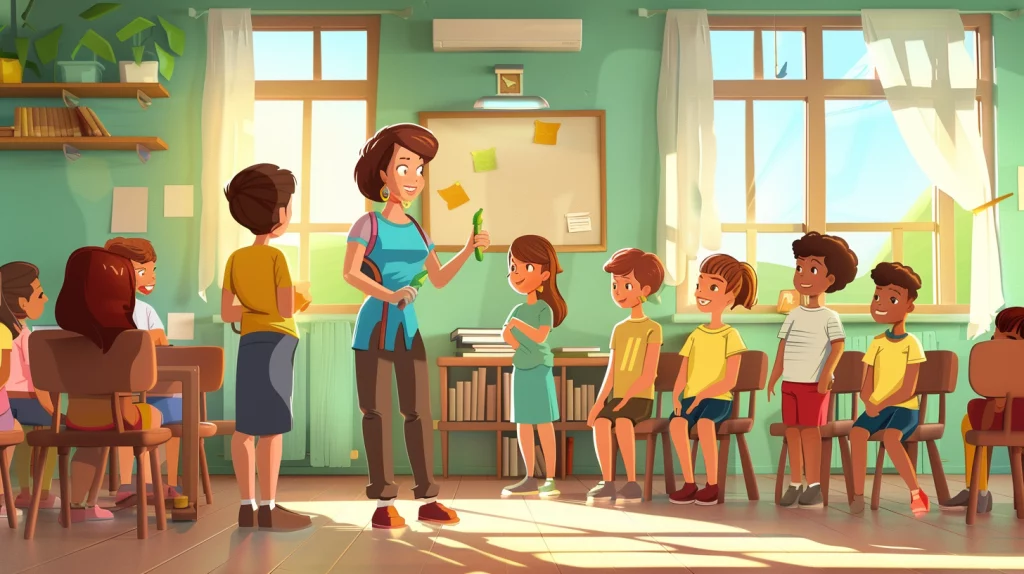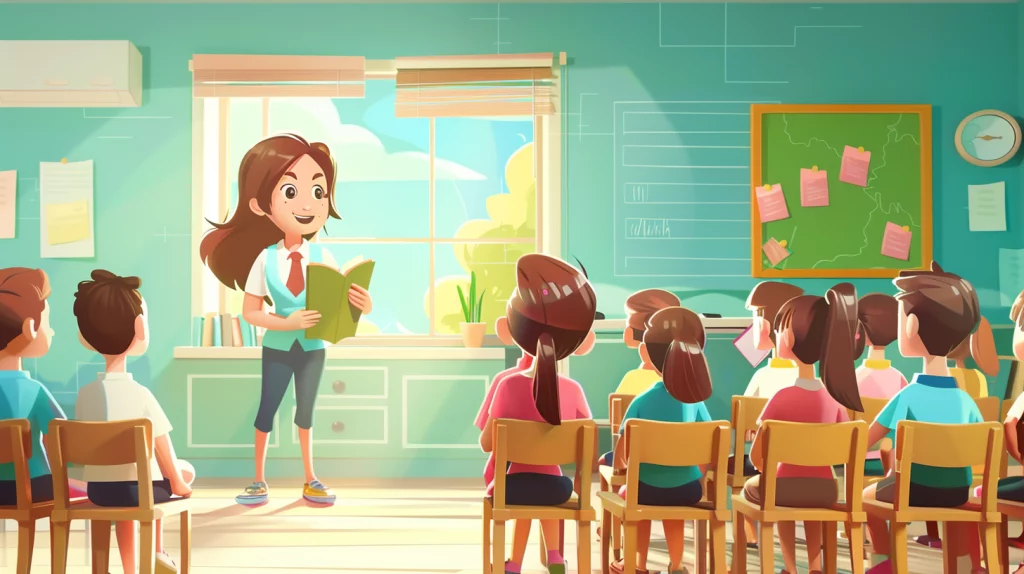This blog post will explore digraphs’ crucial role in children’s language development.
Digraphs like “sh,” “ch,” and “the,” are two letters that join together to make a single sound, and they appear frequently in English words.
Mastering digraphs empowers children to decode words accurately, improve reading fluency, and enhance comprehension.
It also lays a strong foundation for spelling skills and demonstrates a deeper understanding of language patterns.
By recognizing the importance of digraphs and implementing effective teaching strategies, educators and parents can help children master these essential building blocks of language learning.
Let’s dive in and discover how to help young learners conquer digraphs and become confident readers and writers.
Fundamentals of Digraphs
Understanding the basics of digraphs is essential for effective phonics instruction.
Digraphs are pairs of letters that produce a single sound, distinct from the sounds of each letter. Here’s a breakdown of their role in reading:
- Definition and Examples: A digraph combines two letters to form one sound. Common digraphs include “ch” as in “chair,” “sh” as in “ship,” “th” as in both “thin” (voiceless) and “this” (voiced), “ph” as in “phone,” and “wh” as in “whale.”
- Phonics Instruction: These letter pairs are vital for teaching children how to decode words. Understanding digraphs enables children to break down words and pronounce them correctly, facilitating the development of reading skills.
- Application in Words: Children who encounter digraphs within words learn to treat the pair of letters as a single unit producing one sound. For instance, in the word “chat,” the “ch” forms the /ch/ sound, which differs from the individual sounds of “c” and “h.”
- Importance of Teaching Digraphs: Teaching children to identify and pronounce digraphs accurately is a foundational element of phonics instruction. It is crucial for reading fluency and comprehension, as digraphs frequently appear in English.
Understanding and teaching these elements effectively helps children become proficient readers by enhancing their ability to decode and comprehend text.
The Science Behind Digraph Learning: Cognitive Processes and Early Literacy
Research has illuminated the critical role of teaching digraphs, rooted in the cognitive processes essential for decoding words.
As children embark on their reading journey, developing phonemic awareness—the ability to identify and manipulate individual sounds in words—is crucial.
Recognizing digraphs as single sound units significantly enhances this aspect of phonemic awareness.
Furthermore, teaching digraphs is a cornerstone of early literacy development.
As children progress from mastering single-letter sounds to grappling with more complex letter combinations, their ability to decode words broadens.
Mastering digraphs empowers children to navigate a wider array of words, enhancing their reading fluency and comprehension.
Studies have consistently shown that explicit instruction in digraphs improves reading outcomes, especially during the early stages of literacy acquisition.
By understanding the fundamental concepts of digraphs and the research supporting their instruction, educators can craft targeted lessons that bolster children’s reading development.
Effective digraph instruction incorporates several key elements:
- Explicit Teaching: Clearly explaining digraphs and their function in words.
- Ample Practice Opportunities: Allowing children frequent chances to apply what they’ve learned about digraphs in varied contexts.
- Multisensory Approaches: Engaging children through multiple senses to reinforce learning, such as using visuals, sounds, and tactile experiences.
As children solidify their understanding of digraph fundamentals, they establish a robust foundation for future reading success, setting the stage for more advanced literacy skills.
Instructions for Teaching Digraphs
Explicit instruction is crucial in effectively teaching digraphs, focusing on direct teaching methods and modeling of digraph sounds alongside their corresponding letter combinations. Key components of this approach include:
Visual Aids
Tools like posters, flashcards, and charts are essential in introducing and reinforcing digraphs. These aids:
- Display digraphs and provide example words.
- Help children make connections between letter pairs and their associated sounds.
Phonics-Based Approaches
These methods are fundamental in teaching letter-sound relationships, including digraphs. By systematically teaching:
- The specific sounds associated with each digraph.
- Providing extensive practice opportunities.
- Children develop a robust foundation in decoding words that incorporate these particular letter combinations.
Multi-Sensory Learning: Engaging Touch, Sight, and Sound
Multi-sensory learning strategies enhance the teaching of digraphs by engaging various senses, making the learning process more effective and memorable. This approach includes:
- Tracing digraphs in sand or shaving cream allows tactile interaction with the letters.
- Using play dough to form digraph letters enhances the physical experience of learning.
- Creating flashcards with tactile elements such as sandpaper or textured paper adds a sensory dimension to visual learning.
These multi-sensory activities make learning more interactive and help solidify the children’s understanding of digraphs by associating tactile experiences with visual representations. This holistic approach supports better retention and mastery of digraph concepts.
Teaching Digraphs in the Classroom
Effective classroom implementation of digraph instruction begins with meticulous lesson planning. Scripted lessons offer a valuable framework for educators, providing:
- Detailed Guidelines include step-by-step instructions, sample dialogues, and specified materials for each activity.
- Consistent Teaching Approach: Ensuring all essential components of digraph instruction are addressed systematically.
- Digital Tools: Using interactive whiteboards or tablets to display games, videos, or animations related to digraphs.
- Online Platforms and Educational Apps: These provide a range of activities and exercises, enabling students to practice identifying and decoding digraphs at their own pace with immediate feedback.
- Variety of Learning Materials: Tailoring activities to various skill levels and preferences, from visual aids like picture cues or color-coded charts to kinesthetic activities involving physical manipulation of materials.
- Targeted Support: Providing specific interventions for students struggling with digraph recognition or application, which may include smaller group settings, one-on-one tutoring, or collaboration with special education professionals.
Through differentiated instruction, teachers can ensure that all students have the opportunity to engage with and master digraphs effectively, fostering a more inclusive and supportive classroom environment.
Wrapping Up
Mastering digraphs is a crucial milestone in a child’s language-learning journey.
By understanding the basics of digraphs and implementing effective teaching strategies, educators and parents can support children in developing strong reading and spelling skills.
Explicit instruction, multi-sensory activities, and contextual learning are key approaches to making digraph learning engaging and memorable.
Classroom implementation, differentiated instruction, and ongoing evaluation are essential for meeting the diverse needs of all learners.
Supporting students with IEPs requires personalized learning plans and collaboration with parents.
By continuously seeking feedback and making instructional adjustments, teachers can ensure that digraph instruction remains effective and responsive.
With access to a wealth of resources and professional development opportunities, educators can equip themselves with the tools and knowledge to guide children toward digraph mastery and future reading success.
Let’s empower our young learners to conquer digraphs and unlock the doors to lifelong literacy.











